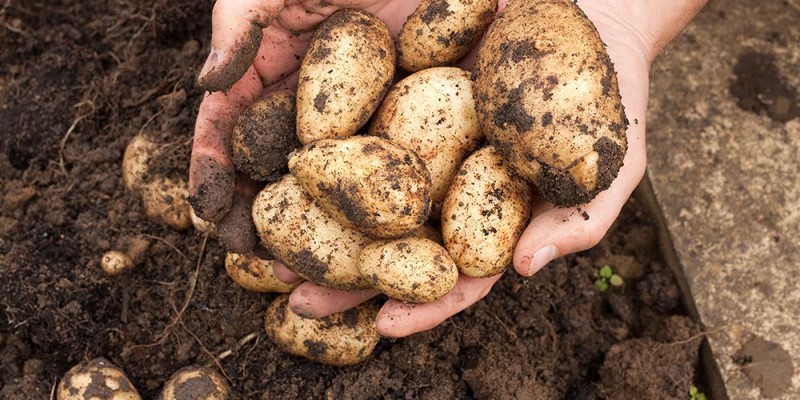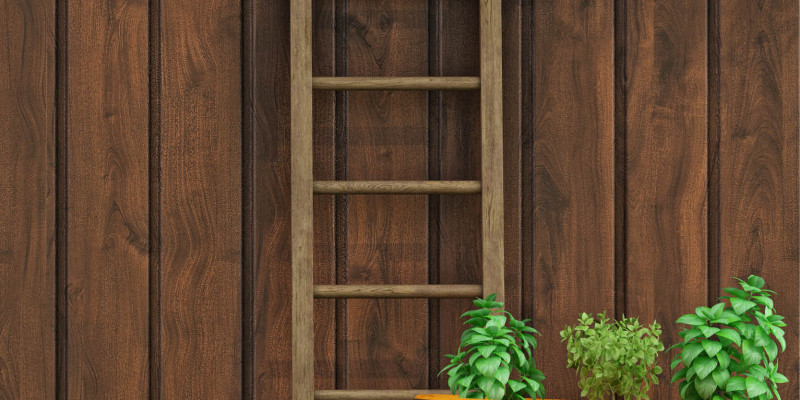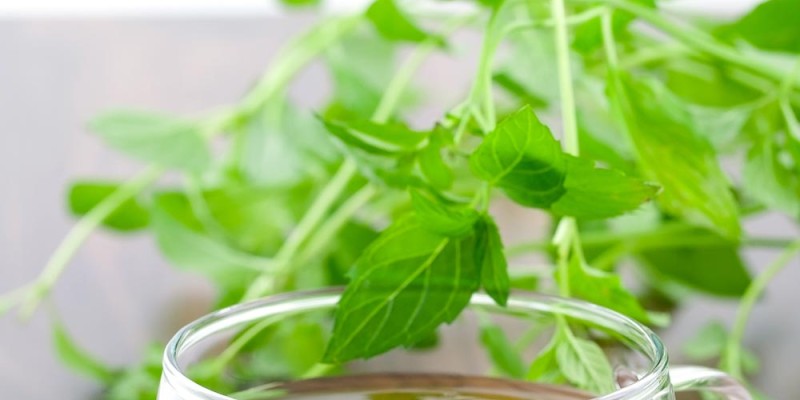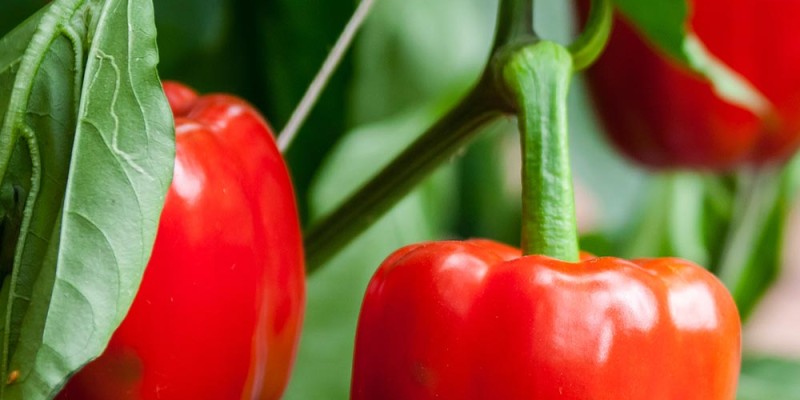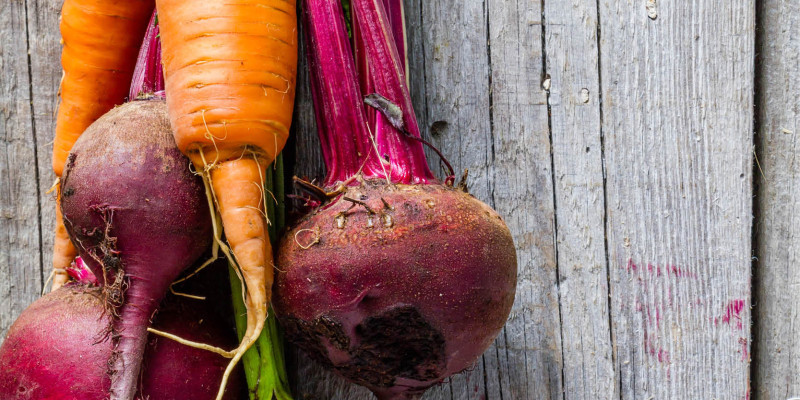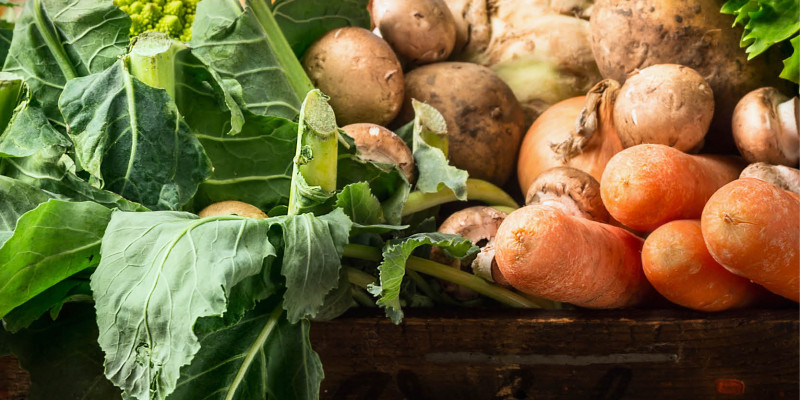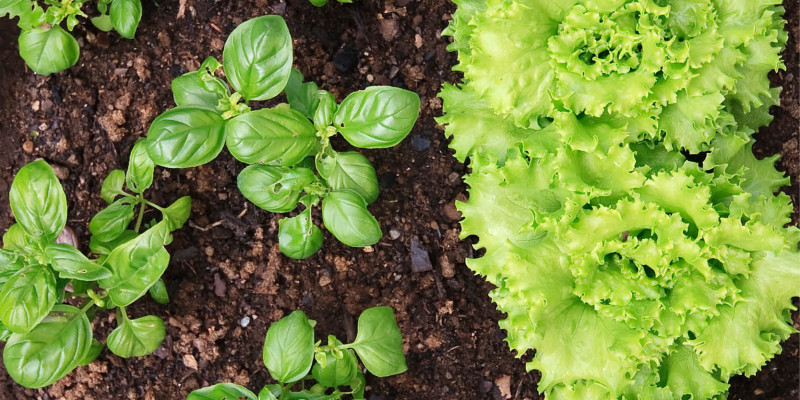Potatoes are one of the staple crops in most Canadian gardens and today I am going to go through some tips and tricks to help you get great potato harvests every year. Today’s video is sponsored by Earth Apples. Check the link below for information on their seed potato products.
Pick the Right Seed Potato
Picking the right seed potato is important to start with.
By far the most consistent question I get is figuring if a seed potato is determinant vs. indeterminate. The common assumption is that potatoes are like tomatoes where determinant varieties will set once and grow one crop and indeterminant will continue to set all season long.
For Canadian gardeners I think we need to ask is this the right question to be asking? If you consider our colder climate and short growing season you are not likely going to be able to leverage the advantage of a indeterminant variety before freezing temperatures arrive in the fall.
I think a better question is if you would like early vs. late maturing. Early maturing varieties will produce smaller tubers but in greater numbers than late maturing which produce fewer larger potatoes. I typically grow some of both varieties to spread out my harvesting and enjoyment.
Planting Methods
One of the best features of potatoes is they can be grown in both containers and garden beds making it easier for everyone to plant. I don’t find that I can grow any variety in both methods.
There are however some pros/cons to each method.
Growing potatoes in containers are great as they take up less space and can be moved around the garden. With that said due to the smaller soil volume when compared to surface area that allows for water evaporation, they do tend to dry out faster. When its sunny and hot I check them every few days to see if they need to be watered.
In addition, most varieties when you compare growing methods side by side typically notice that when grown in containers, I see tuber higher counts, but the size is typically smaller. Which is great if you are looking for baby potatoes.
When grown in my garden beds my largest challenges are the fact that the potato plants take up about a 30cm-by-30cm area or 1 foot by 1 foot and in high winds the vegetation can lay block its neighbours. With that in mind when I grow them in by garden beds, they require far less work.
Soil
The second most asked question is with regards to what type of soil should I put in my containers or garden beds. Potatoes are not picky. They can be grown in subpar areas in your garden to help improve the soil quality over time.
I don’t find that I need to add any nutrients as I have found potatoes grow perfectly fine in even unfinished compost or even dense clay where one can expect none of the regular soil fertility to help.
If you are filling containers or garden beds, I typically recommend a 1:1 ratio of compost fine grain and peat or coconut coir.
Unfinished compost can be used however you will likely find your tubers end up with scabs that are not harmful.
Hilling
Hilling potatoes is a process when you mound up additional soil around the plants. Regardless of the variety I will hill plants when they are about 30cm or 12” tall. Hilling is important as it will protect the tubers from the sun and prevent them from developing chlorophyll which reduces their quality.
Hilling also provides additional soil for micro roots to take advantage of, retains moisture where the plant needs it most and provides space for the tubers to mature.
Harvesting
Potato seed packages typically have a days until harvest marked clearly on the packaging. I typically use it to get an estimate on when I need to start looking. All I do is pull back the soil to find a tuber and judge from that if it’s time to harvest.
